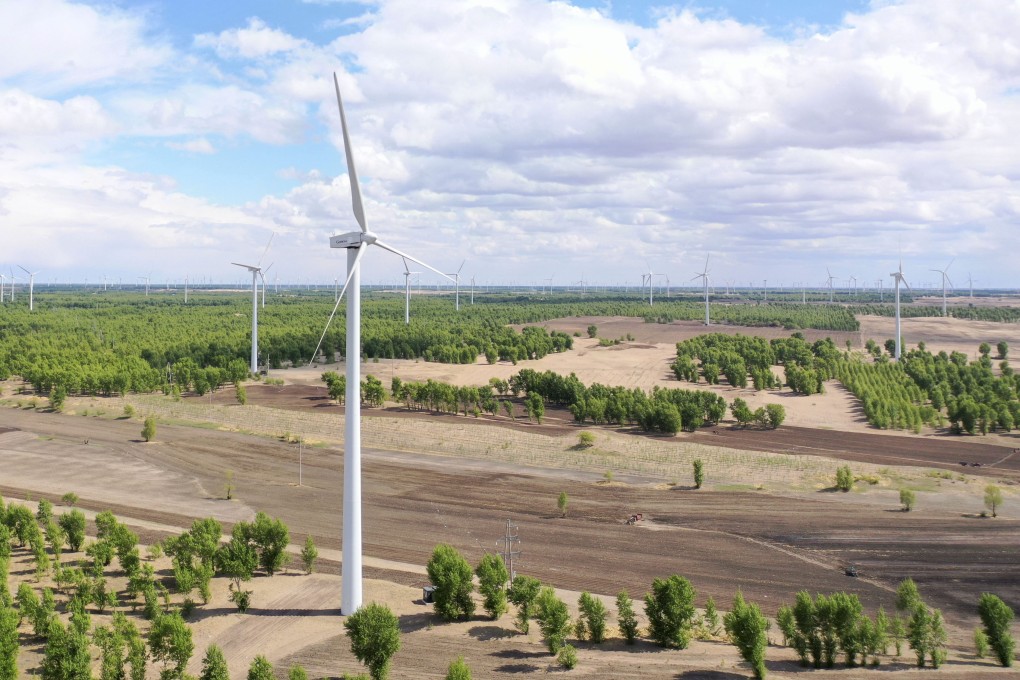Can green transition help China’s northeast shake off its ‘rust belt’ moniker with a new clean-energy engine?
- Although Liaoning, Jilin and Heilongjiang provinces remain dependent on coal and steel industries, renewable energy is expected to produce more economic opportunities moving forward
- But critics question if green-energy build-up will be enough for the region to counter ingrained economic issues that have hindered past efforts at revitalisation.

The birthplace of Chinese industrialisation, in a region that the late chairman Mao Zedong affectionately dubbed China’s “eldest son” during its planned-economy era, is now widely known as its “rust belt”, battered by decades of economic stagnation.
Despite repeated vows of revitalisation, the three northeast provinces of Liaoning, Jilin and Heilongjiang continue to be hampered by population decline and a dependency on inefficient state-owned companies that revolve around sunset industries such as coal and steel.
In their latest attempt to reverse the trend, the region’s provincial authorities are betting on a new economic opportunity for rejuvenation: renewable energy.
As Beijing races to reach net-zero emissions by 2060, some analysts say that recently announced clean-energy projects across the northeast could finally provide it with the opportunity to shed its pejorative “rust belt” moniker and become a key player in the country’s green transition.
However, many obstacles remain in the way of such institutional reform, and some pundits assert that it will take more than just a green build-up to uproot deeply ingrained energy policies that have “held back” economic and social progress.
